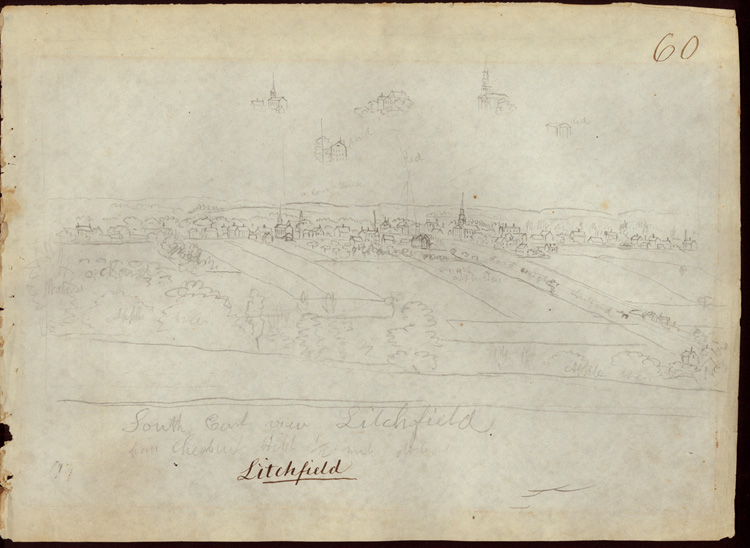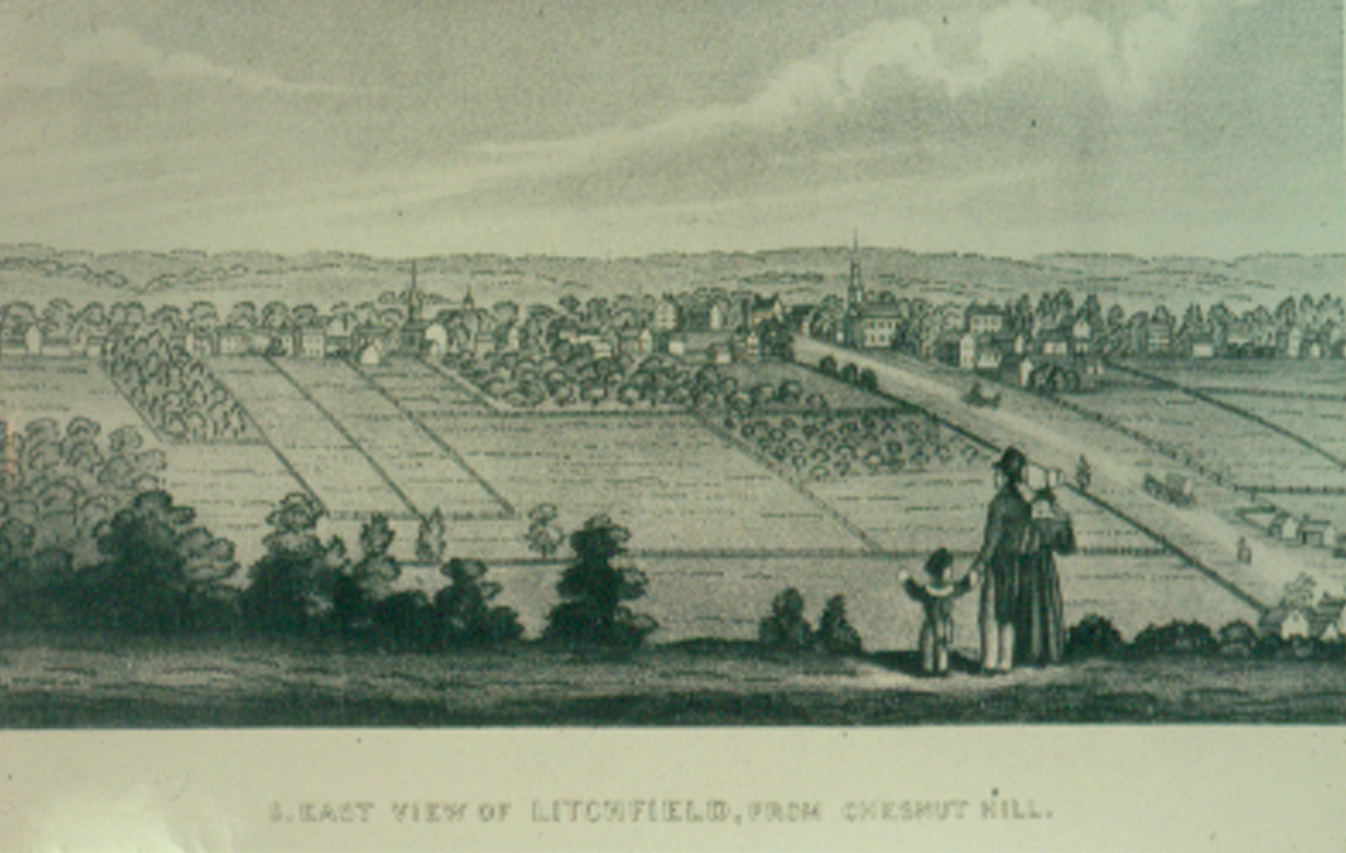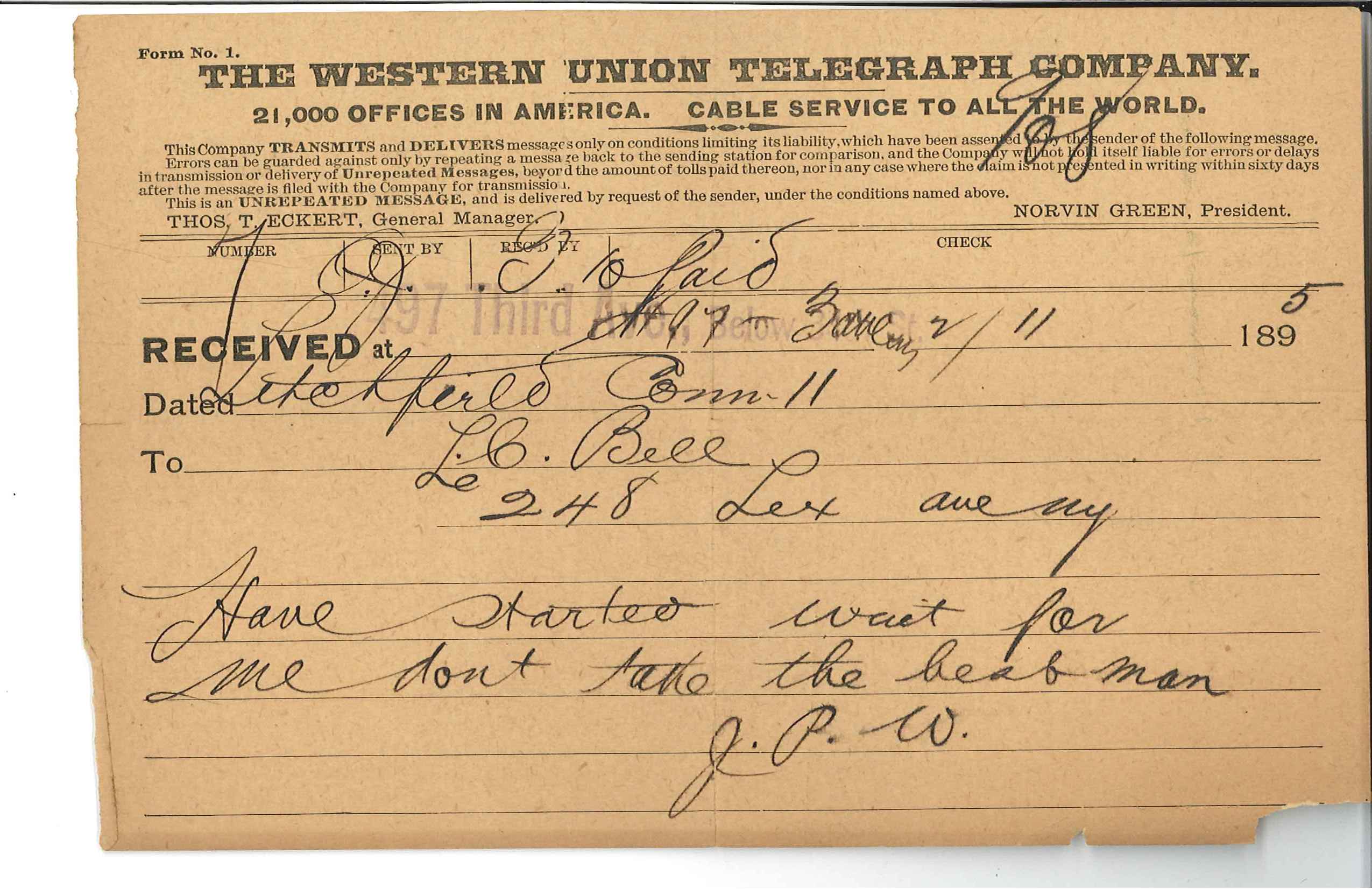

Hollywood Cemetery
James MacFarland emigrated from Scotland to Lunenburg County, Virginia where he had a son, William. William Hamilton MacFarland was born in February 1799 in Lunenburg County. He was educated at Hampden-Sydney College in 1815, William and Mary in 1816, and at the Litchfield Law School in 1818. William distinguished himself as the president of the Farmer’s Bank of Virginia (1845-1865), as the secretary for The American Colonization Society, and as a member of the Provisional Congress of the Confederacy, and he even was a counsel for Jefferson Davis during his treason trial. People either loved or hated MacFarland. Judge George L. Christian described MacFarland as: “the curly-headed poodle from Richmond, nearly overcome with dignity and fat.”[1] In contrast the senior warden of his parish described him as “of pure and lofty character.”[2] However, before the civil war broke out and before the Farmer’s Bank of Virginia was burned down, he owned James Madison’s Montpelier.
MacFarland owned Montpelier only in 1854-5 but this time is noteworthy. Charles Thomas Chapman, research coordinator at Montpelier, brought MacFarland’s year to light as part of his master’s thesis, Who was Buried in James Madison’s Grave?: A Study in Contextual Analysis. Chapman illuminates a motive of MacFarland to own Montpelier; he wanted to own Madison’s remains. MacFarland was a fan of Madison (he gave Madison’s eulogy in 1836), but professional ties were perhaps a great influence on the decision too. MacFarland was a trustee and a member of the board of directors of Hollywood Cemetery in Richmond, VA. Hollywood Cemetery wanted to acquire the remains of the three Virginian presidents (Thomas Jefferson, James Madison, and James Monroe). The cemetery was able to acquire Monroe’s remains but Jefferson and Madison were still missing from their collection. Because of the nature of the deed, MacFarland believed that by owning Montpelier he also owned the Madison family cemetery and Madison’s remains and could give the remains to Hollywood Cemetery. So, on January 4th, 1854 MacFarland purchased Montpelier from Benjamin Thornton. Hollywood Cemetery was not able to obtain the president’s remains and MacFarland sold the house on March 21st, 1855 to Col. Alfred Vernon Scott of Alabama. Hollywood Cemetery settled for helping build an obelisk monument for Madison’s grave which was at the time unmarked, fulfilling the wish of the local people to have Madison’s grave marked.
Contributed by LHS intern Benjamin Bradley
[1] Christian, George L.: Reminiscences of Some of the Dead of the Bench and Bar of Richmond. Richmond, 1909 p. 6
[2] Weddell, Elizabeth W. Saint Paul’s Church Richmond, Virginia Its Historic Years and Memorials. Richmond, Virginia: The William Byrd Press, Inc. 1931 Vol. 2 P. 452.




